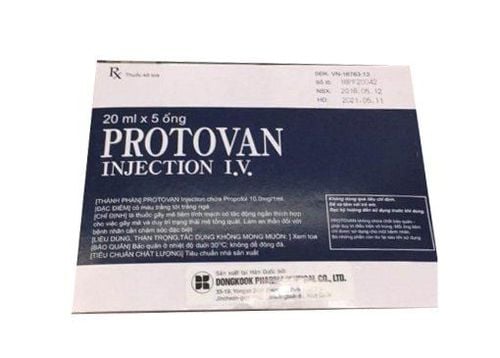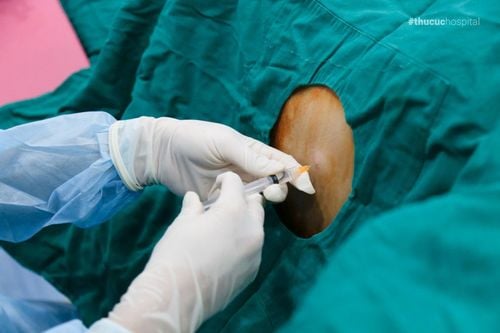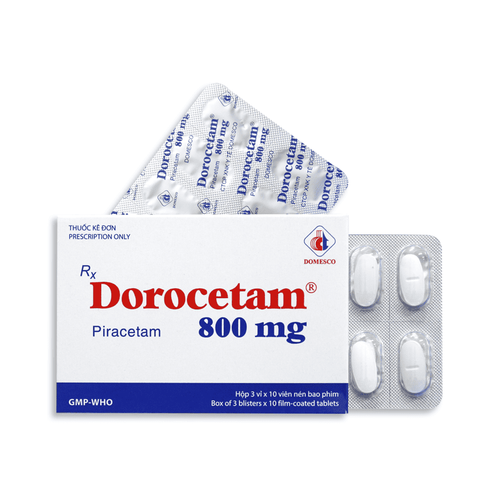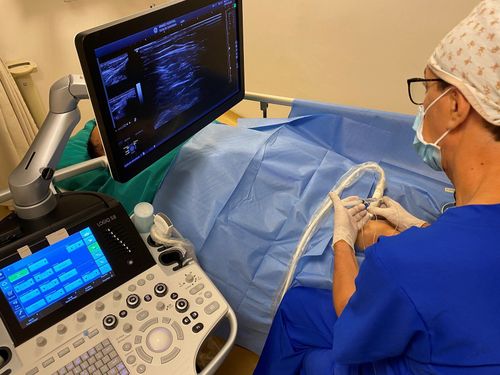This is an automatically translated article.
Nerve blockade is one of the effective pain-relieving treatments, especially for patients with low back pain, neck and shoulder pain or even for terminal cancer patients who are suffering. suffer intense pain every day. So, what is nerve blockade indicated and contraindicated for?
1. What is nerve block?
Nerve blockade is a procedure that helps relieve pain symptoms in multiple sites of origin involving nerve roots. The most common pathology used this method is the case of back pain, neck pain for a long time due to spinal degeneration. The effect of this procedure is to block the transmission of pain signals sent to the brain by anesthetic. spot for the nerve. The active ingredient used for anesthesia is alcohol or phenol. In addition, doctors can use this same procedure with steroids to reduce inflammation around nerve roots, so it also significantly reduces pain in the long run.
Nerve blockade has a temporary effect and is not a long-term solution. However, each patient's response is different. Therefore, the nerve block procedure is usually performed in batches and then stopped to assess effectiveness. Some patients may feel better after one injection, while others notice no improvement at all. In the event that nerve block is not effective, the specialist will choose another treatment method. However, it must be remembered that nerve block is a method of pain relief for the patient, but it is not effective. is not a method to prolong life or improve the prognosis of patients.

Thủ thuật chỉ có tác dụng điều trị giúp giảm đau kịp thời
2. Indications and contraindications of nerve block
2.1. Indication of nerve block The method of nerve block will be prescribed by the doctor to help diagnose, predict and treat pain symptoms:
Determine the cause of pain for nerve branches with regional distribution. specific location as well as the mechanisms involved in pain generation. The differential diagnosis of the location and cause of pain, such as a patient with a multi-stage hernia of unknown cause, causes symptoms. Prognosis of results from nerve destruction procedures Pain relief after surgery, after trauma. Lumbar neuralgia or pelvic joint pain Patients with spinal pain without surgery Anesthesia in some procedures such as finger surgery 2.2 Contraindication to nerve block Absolute contraindication: local infection At the injection site, no local asepsis was performed on the skin, the injection site had a tumor, a history of allergy to local anesthetics, severe reduction in blood volume, deficiency of whole coagulation factors , sepsis, increased intracranial pressure (medullary, equine, and extracorporeal), the use of corticosteroids with an antidiarrheal preservative is contraindicated during epidural and subarachnoid procedures because it can cause cause hemorrhagic stroke and long-term central nervous system destruction.

Không tiến hành phong bế thần kinh khi vị trí tiêm bị nhiễm khuẩn
Relative contraindications: Systemic diseases (nerve blockade can cause dangerous conditions for patients such as: aortic stenosis, severe lung disease, sickle cell anemia); neurological conditions such as multiple sclerosis or amyotrophic lateral sclerosis.
3. Some common complications
Common complications in nerve block procedures may be an overdose of local anesthetic, or a sensitization reaction to the anesthetic, or the injection of the drug into a blood vessel. To limit and avoid complications, the doctor needs to take the patient's medical history carefully, in detail, and clearly.
Some common complications and treatment:
Transient fainting, nausea and vomiting, tired limbs feel like crawling... these mild complications usually go away on their own. Coma: If the patient is comatose but still maintaining respiratory circulation, give the patient oxygen, intravenous fluids and resuscitation if necessary. But if the patient is comatose and stops breathing, give oxygen balloons, intubation, and CPR if necessary. Bronchospasm or pruritus: This complication may resolve or otherwise be treated by subcutaneous injection of 0.5mg adrenaline or 1-2mg/kg antihistamines.

Phong bế thần kinh quá liều có thể gây biến chứng hôn mê
Hypotension and bradycardia: If the patient has this situation, the doctor needs to compensate for the volume of the circulation with isotonic crystalloid solutions, oxygen, intravenous atropine 0.5mg (if the pulse is slow). After 5 minutes of no improvement, the drip was started (the prepared solution consisted of 1mg of adrenaline, 500ml of 0.9% NaCl solution) at 20 drops/min. May increase by 10 drops/min after 5 minutes is not effective. In case of cardiac arrest, the patient must be resuscitated immediately, if the patient has a convulsion, careful monitoring (can be treated with diazepam 5mg intravenous or small intravenous thiopental 50mg) in combination with oxygen. Nerve blockade is one of the most effective analgesia treatments especially for patients with symptoms of musculoskeletal pain. However, not all patients can use this procedure.
For examination, treatment and surgical pain relief of musculoskeletal diseases, customers can choose Vinmec International General Hospital. There is a full convergence of systems, modern medical equipment of standard standards, there are many methods of pain relief, minimizing complications for patients. Especially with a team of highly qualified and well-trained doctors and nurses, they will surely satisfy customers.
Customers can directly go to Vinmec Health system nationwide to visit or contact the hotline here for support.













